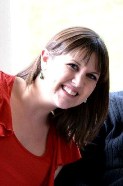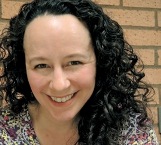
Erin Gough
Old Songs, New Opportunities
Posted by Mar 18, 2013

Erin Gough
It is a familiar trope that early childhood teachers claim that they get as much out of teaching young ones as students get out of their lessons. They do it for the love of children, the excitement of youthful discovery, and the joy of nurturing rather than a hefty paycheck. My own mom, a longtime preschool teacher, often says she gets “paid in hugs.” But for some women in Erie, PA, early childhood instruction is a gateway to a new life.
The Old Songs, New Opportunities (OSNO) program at the Erie Museum of Art creates opportunities for refugee women to use traditional skills and cultural assets from their home countries to begin to build a career as early childhood educators. This program—one part job training, one part cultural education, and one part early education—has been transformative for the both the women who go through the museum’s training, and for the students they care for.
Through OSNO, women who were expert caregivers in their home countries and are interested in learning the ins-and-outs of the American early education process are provided with over 50 hours of accredited instruction in basic child development theory, discipline and alternatives, the role of the childcare work, and how art, music, and movement aid physical and mental development.
At the same time, these women provide exposure to and instruction of their cultural traditions to fellow OSNO trainees, and create a tapestry of song and tradition that bonds teachers with students, and teachers with one another.
Read More















